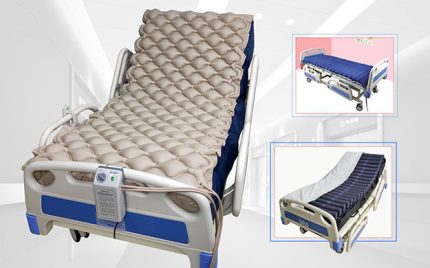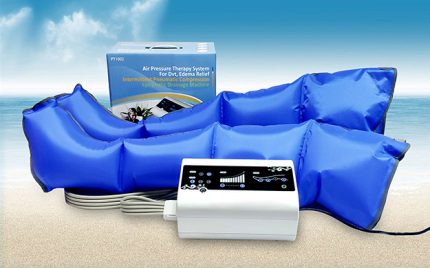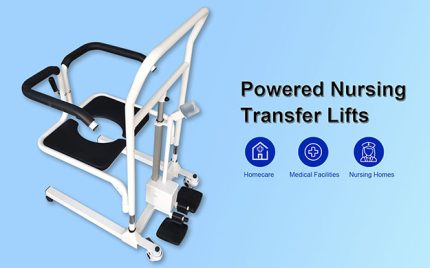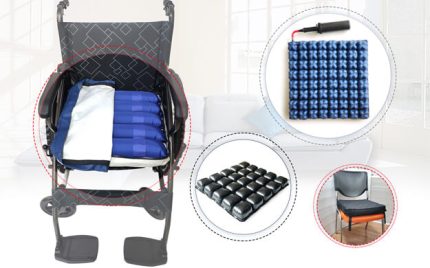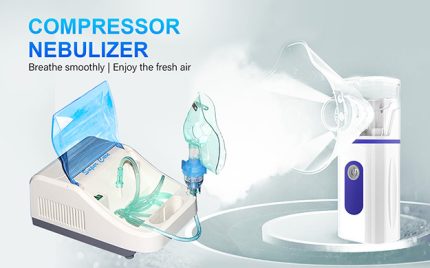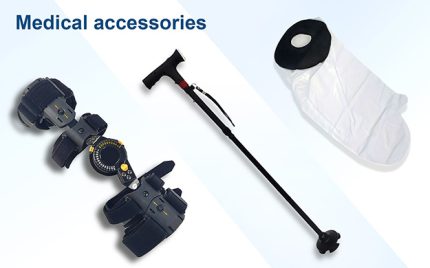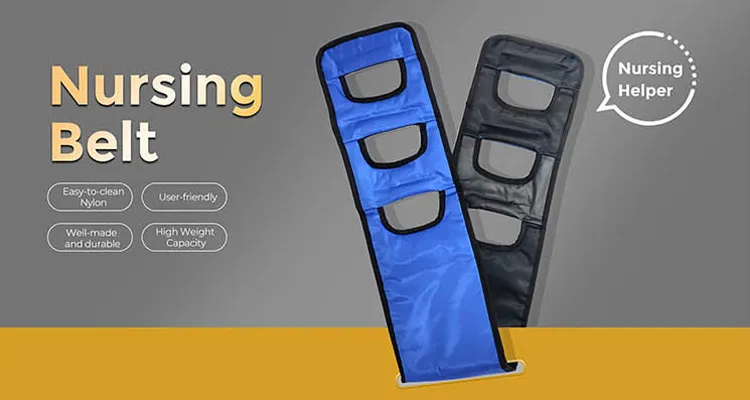A transfer sling is an essential medical aid used to assist patient mobility. Crafted out of high-grade and easy-to-clean nylon material, this device aims to offer simple yet efficient transfers for patient transfers in hospitals, rehabilitation centers, or home care environments alike. Healthcare providers rely on this invaluable aid as part of their practice.
Steps and Operation Guide:
Utilizing a transfer sling requires two main steps: helping a patient sit, and lifting his/her legs. Here is a step-by-step operation guide:
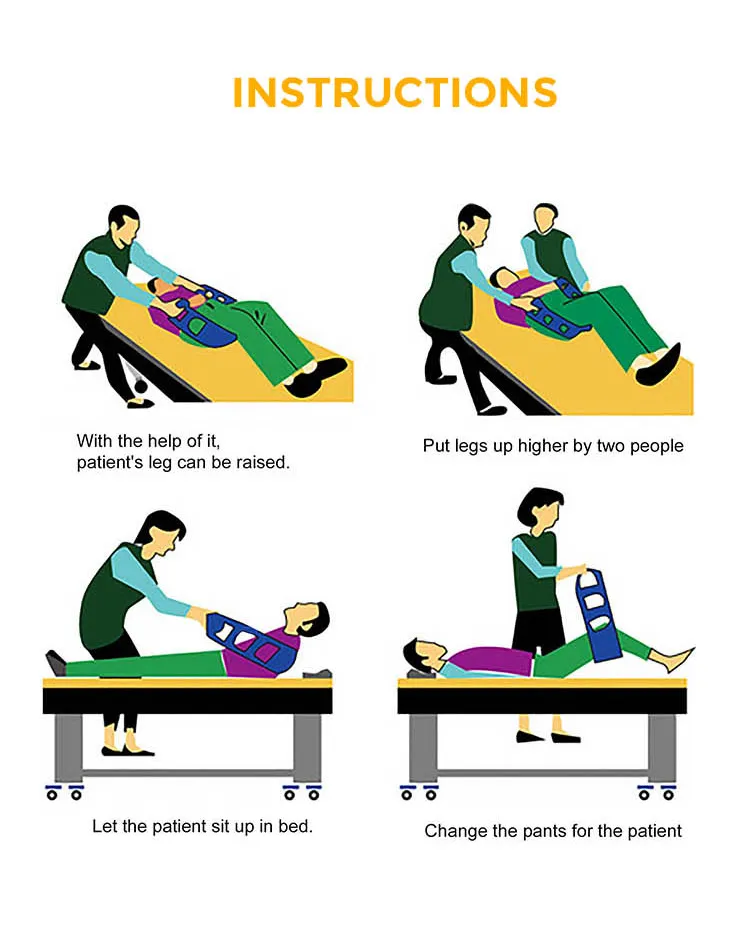
A. Assist the Patient in Sitting:
- Unfold the belt
- Adjust patient to side position with u-turn pillow
- Put the belt near to patient’s shoulder
- Turn patient to supine position and lie down on the belt
- Move the belt to keep the patient on the center
- Pull the belt slowly and help the patient to sit
B: Help to lift feet
- Unfold the belt
- Bend the knees of patient in supine position
- Put the belt under the patient’s lower leg and slowly lift up
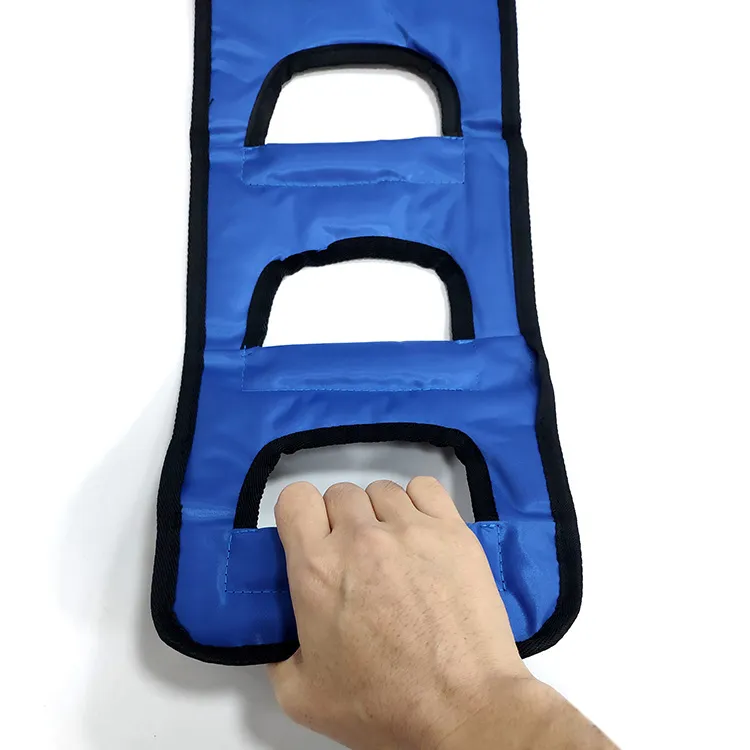
Cautions and Safety Recommendations:
It is vital to heed these cautions and recommendations for safe transfer sling use to protect both patients and healthcare professionals:
- Weight Limitation: When selecting a transfer sling for use with patients, make sure their weight does not surpass its maximum capacity. Exceeding this weight limit could result in equipment damage or improper usage and increase the risk of accidents.
- Correct Usage Posture: Ensure that, at each operational step, both patients and healthcare professionals adopt an ideal posture. When helping a patient sit, ensure proper support to his/her spine while preventing abnormal bending or pressure on it.
- Monitor Patient Reaction: Keep an eye on how the patient reacts during movement. If they experience discomfort or pain, stop the operation immediately and seek medical assistance if necessary.
- Training and Familiarity with Operation: Healthcare professionals should undergo appropriate training and are familiar with how to properly use transfer slings in order to mitigate potential risks effectively. Only experienced operators can effectively mitigate them.
- Cleaning and Maintenance: For optimal functionality of the transfer sling, regular inspection of its connection points and materials should take place to detect any wear or damage.
- Avoid Hasty Movements: When moving the patient, try to minimize sudden movements. All operations should proceed smoothly in order to decrease patient discomfort and risk of falling.
When transporting heavy patients, multiple healthcare professionals should work in concert to ensure a smooth operation and ensure patient safety.
Emphasizing cautions and safety recommendations is vital to the safe usage of transfer slings. With proper operation and safety measures in place, transfer slings can become powerful tools for healthcare teams, providing safe caregiving experiences to patients.

